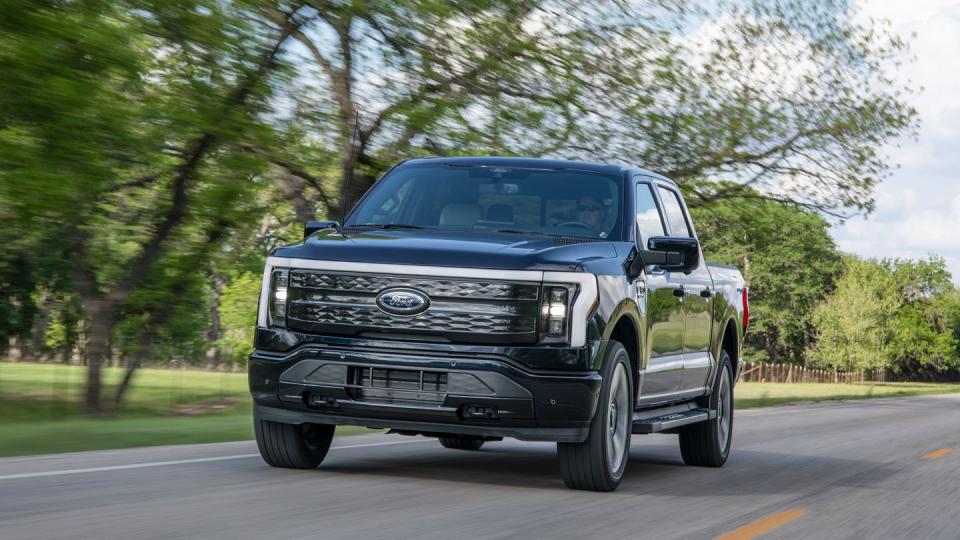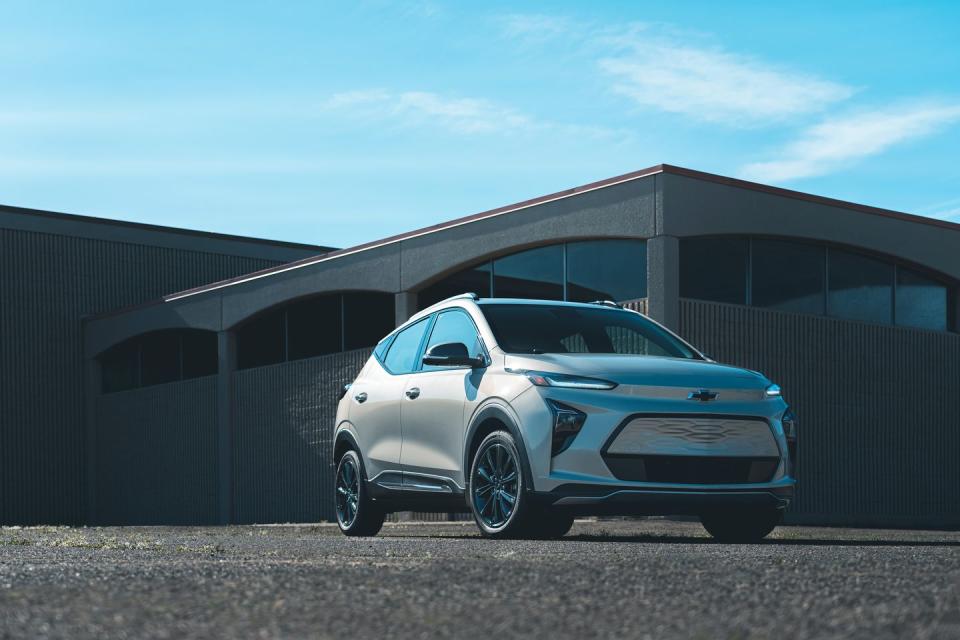List of EVs Eligible for the $7500 Federal Tax Credit Drastically Shrinks

It's fairly well known at this point that the federal government has been subsidizing the production and sale of electric vehicles for over a decade.
Since 2010, those incentives have included a $7500 tax credit issued by the Internal Revenue Service (IRS) for qualifying vehicles.
After the 2022 Inflation Reduction Act (IRA) passed, the list of qualifying vehicles drastically shrank, and now that list has shrank once again.
Despite the feeling that they've been around for more than a decade (they have), electric vehicles are still an emerging technology. Because of that, most of them are still comparatively expensive when looking at similar gas-powered options. To combat those prices as well as to spur the transition, the federal government has been subsidizing the production and sale of electric vehicles for over a decade.
Since 2010, the federal incentives (backed by the Internal Revenue Service) have included a $7500 tax credit for EV buyers. Then, as those incentives started to dry up and manufacturers entered an arms race of sorts to re-tool factories and begin the rollout of electric vehicles, the Biden Administration's Inflation Reduction Act (IRA) landed. The list of cars eligible for the full $7500 tax credit shrank to 14 unique models. As of January 1, 2024, that list has dwindled to a meager four cars.

Unlike the pre-2010 incentives, which were capped only by production numbers, the IRA consists of more stringent requirements. In addition to price caps and income limits, qualifying vehicles must be built in the U.S., Canada, or Mexico, have a battery capacity of at least 7.0 kWh, a GVWR under 14,000 pounds, and be produced by a manufacturer registered and approved by the IRS.
From 14 Cars Down to Four
On top of those restrictions, at least 40 percent of the value of a battery's "critical minerals" must be "extracted or processed in the United States or a country with which the United States has a free trade agreement, or be recycled in North America," according to the U.S. Treasury. Vehicles that meet the 40 percent mark earn a $3750 tax credit. Vehicles that can meet a 50 percent requirement earn a further $3750 credit, bringing the total up to $7500.

As recently as 18 months ago, there were 14 EVs eligible for the full $7500 credit, many of them with multiple eligible trim levels. New restrictions have seen that number drop to only four vehicles currently in production (six if we count the Chevy Bolt twins that left production in 2023). As for qualifying models currently in production, there's the F-150 Lightning, the Tesla Model 3, the Model X, and the Model Y.
Though small, that list could grow in the coming weeks. According to a Reuters report, Volkswagen confirmed it's in the process of confirming eligibility for the 2023 and 2024 ID.4. The same report confirms that Nissan is pursuing eligibility for the Leaf, while GM expects its portfolio to be included pending a sourcing change.
You Might Also Like

 Yahoo Sport
Yahoo Sport 





































